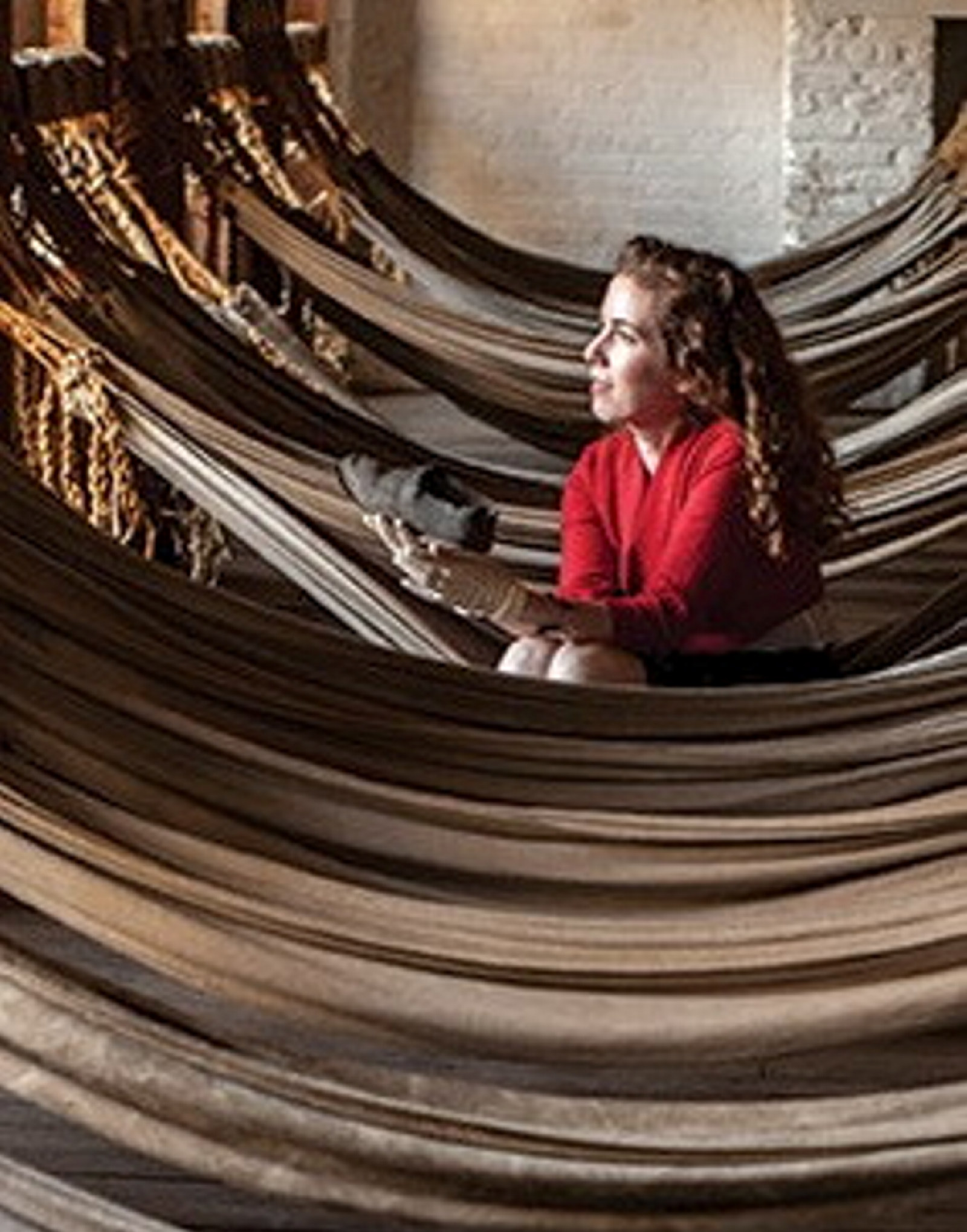John Graham
Arrived 1825
Escapee, rescuer
Escaping and living with the Aboriginal people was one way to avoid the drudgery of a life in custody. Graham used his knowledge of Aboriginal ways to achieve his liberty.
Irish convict John Graham arrived in the colony in 1825 with a seven-year sentence for stealing hemp.
Graham befriended Aborigines in the Parramatta area, becoming familiar with their culture and skilled in their fishing and food-gathering ways. A conviction for theft saw him sent to Moreton Bay (now Brisbane) in 1826, but he escaped and lived for several years with the local Aborigines.
A decade later the brig Stirling Castle was wrecked on the Great Barrier Reef and Aboriginal people held the survivors captive. Graham volunteered to rescue the party, which included the captain's wife.
After he was transferred back to the Hyde Park Barracks, Graham petitioned the Governor to reduce his sentence. Along with a ticket of leave, he was rewarded with £10.
Other convicts might have described Graham as: croppy, prig, scurf’d, boned, done, grab’d, nibb’d, pulled up, sevener, bolter, ticketer. See our glossary of Flash language (convict slang words) to find out what these words mean.
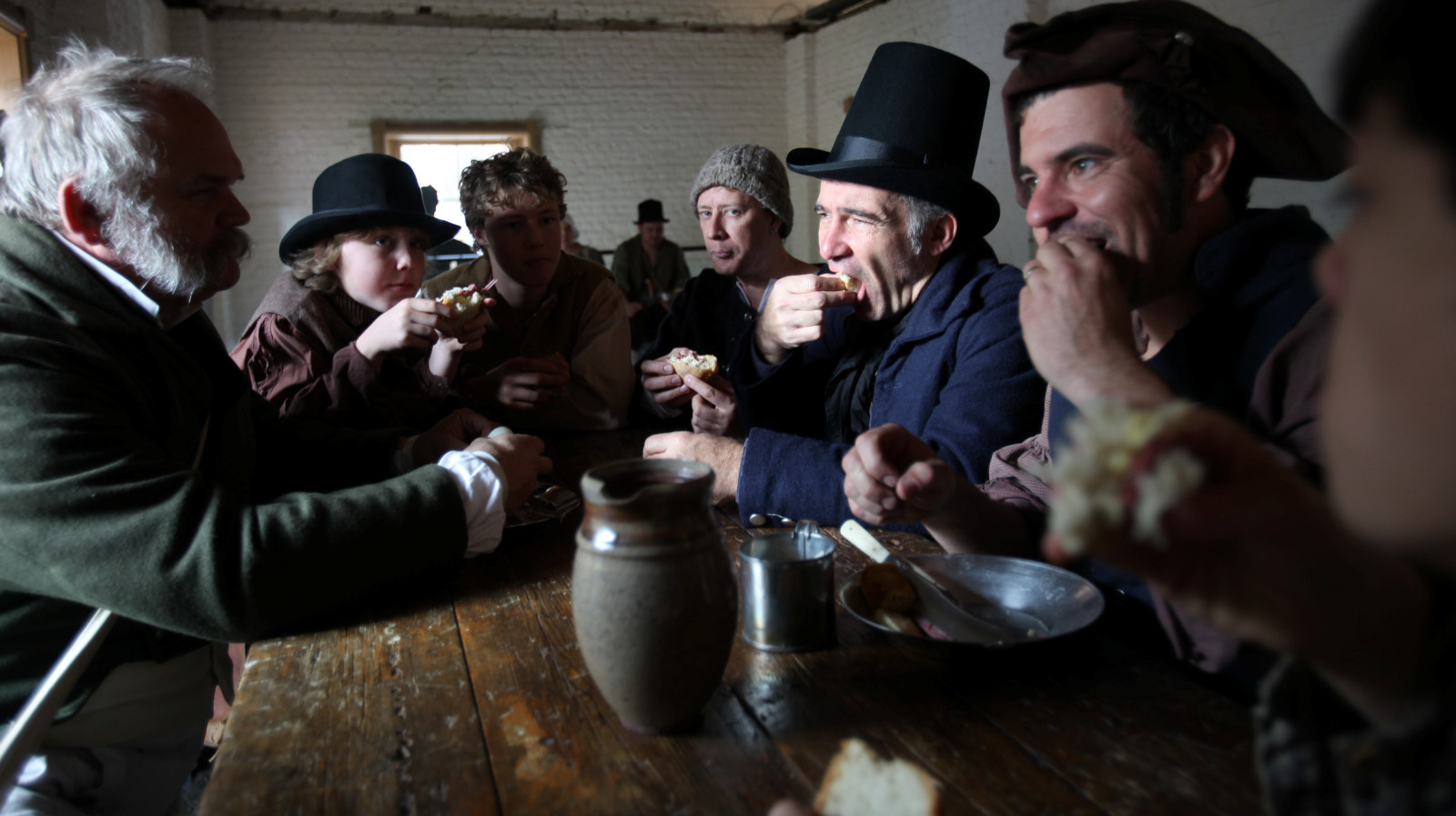
Convict Sydney
What was ‘flash’ language?
Convicts transported to NSW brought a lot of different things with them. In some cases this included their own slang language, called ‘flash’
Read what John Graham said to the Governor when he pleaded for his sentence to be reduced as a reward for good behaviour.
…Your petitioner having his four Christians safe in the Boat, they left the inhospitable coast and landed them safe at Moreton Bay to the great joy of the Commandant who again assured your petitioner that no effort should be wanted on his part to induce your Excellency to befriend your petitioner who had risked his life for the sole purpose of saving the above named Christians 'Your petitioner therefore most humbly prays your Excellency to take his case into your humane and early consideration and grant him such relief as to your Excellency shall seem meet. 'And your petitioner will ever pray & etc,
'John Graham, 29 December 1836.'
Source: ‘The humble petition of John Graham’, Dixson Library, State Library of NSW, DL SP 196
Related
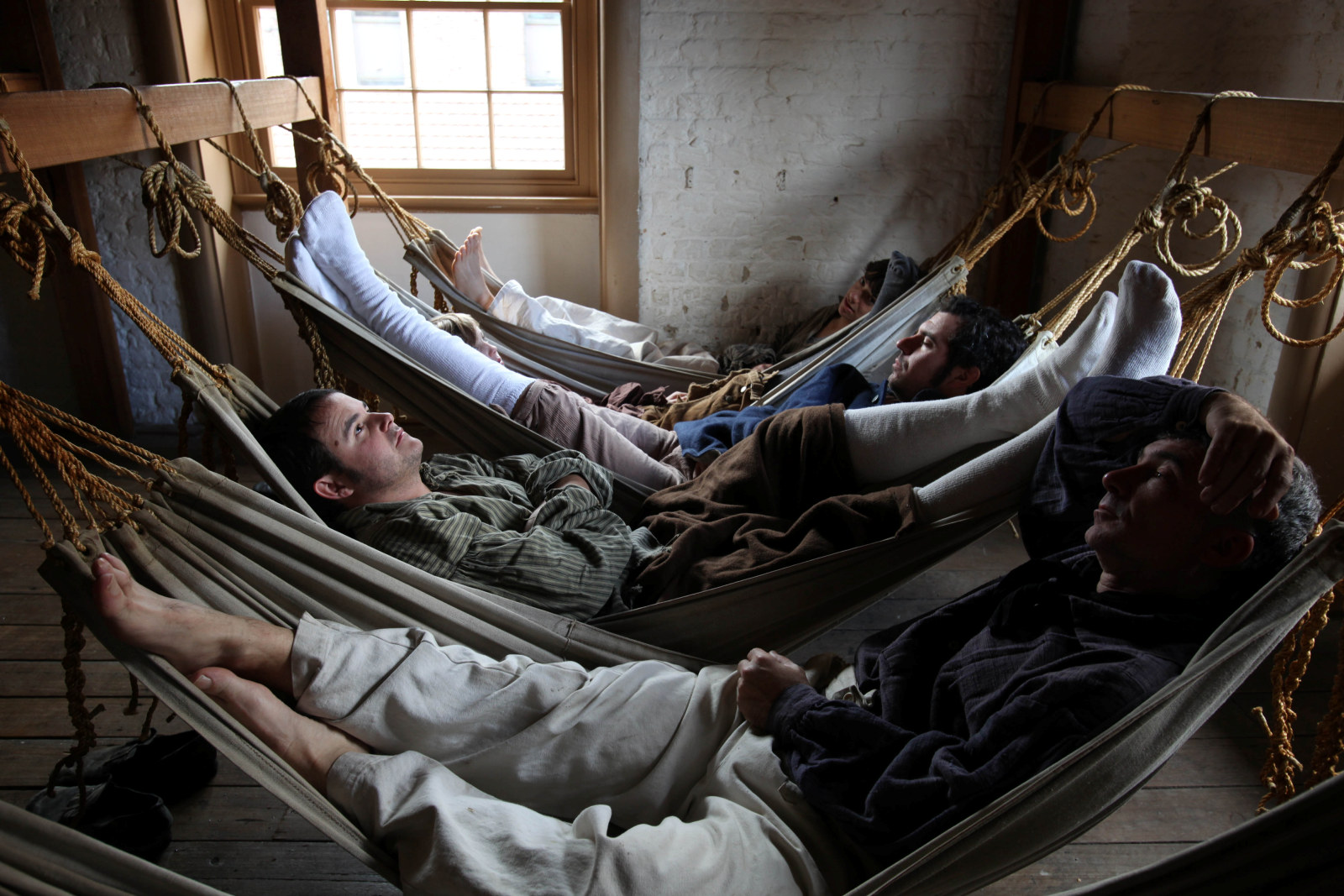
Convict Sydney
1836 - Day in the life of a convict
By 1836, two-thirds of the convicts in the colony were out working for private masters, and government convicts made up only a small group
Published on
Convict Sydney
Browse all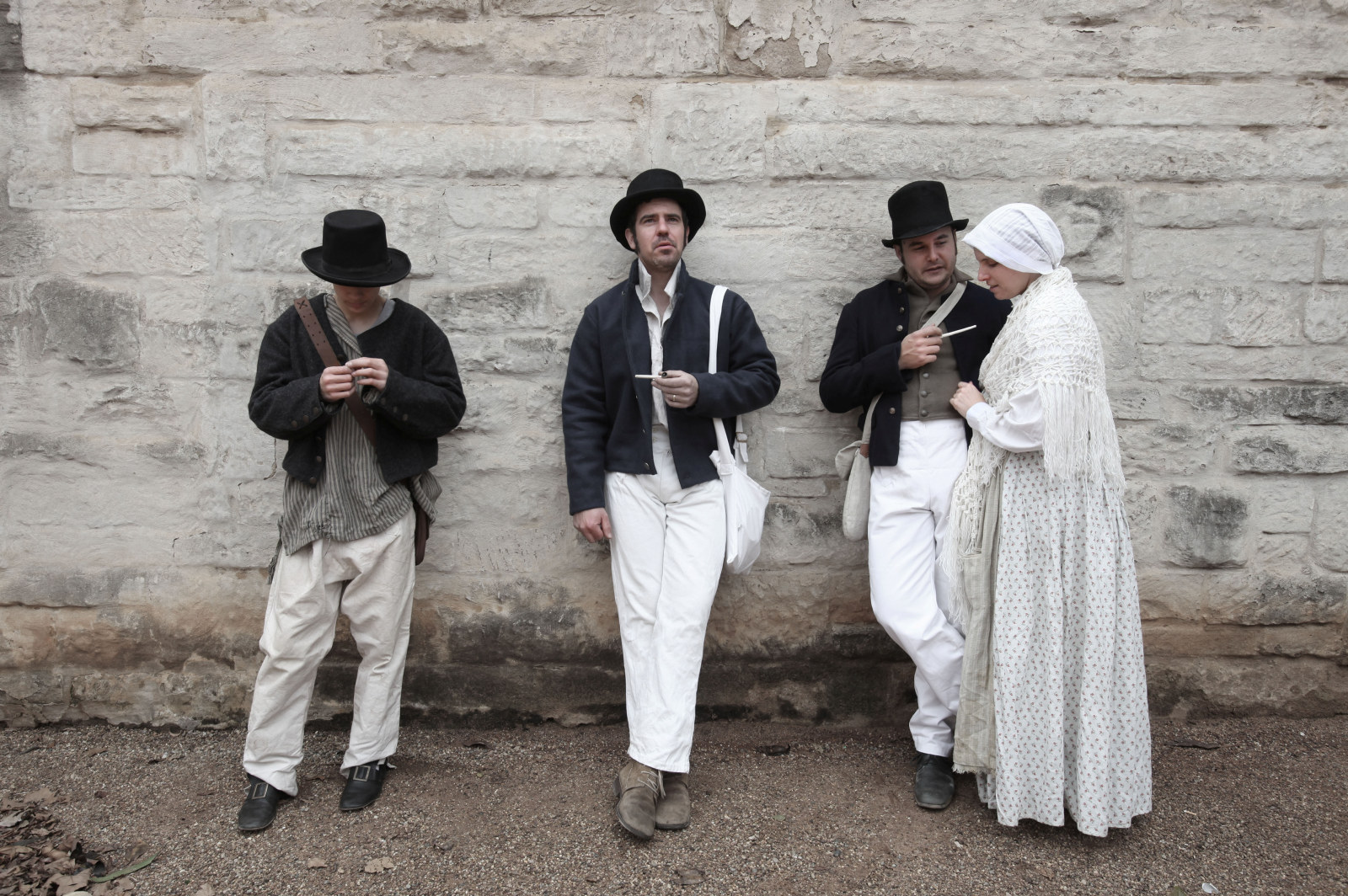
Convict Sydney
1801 - Day in the life of a convict
In the young colony, there was no prisoner’s barrack - the bush and sea were the walls of the convicts’ prison
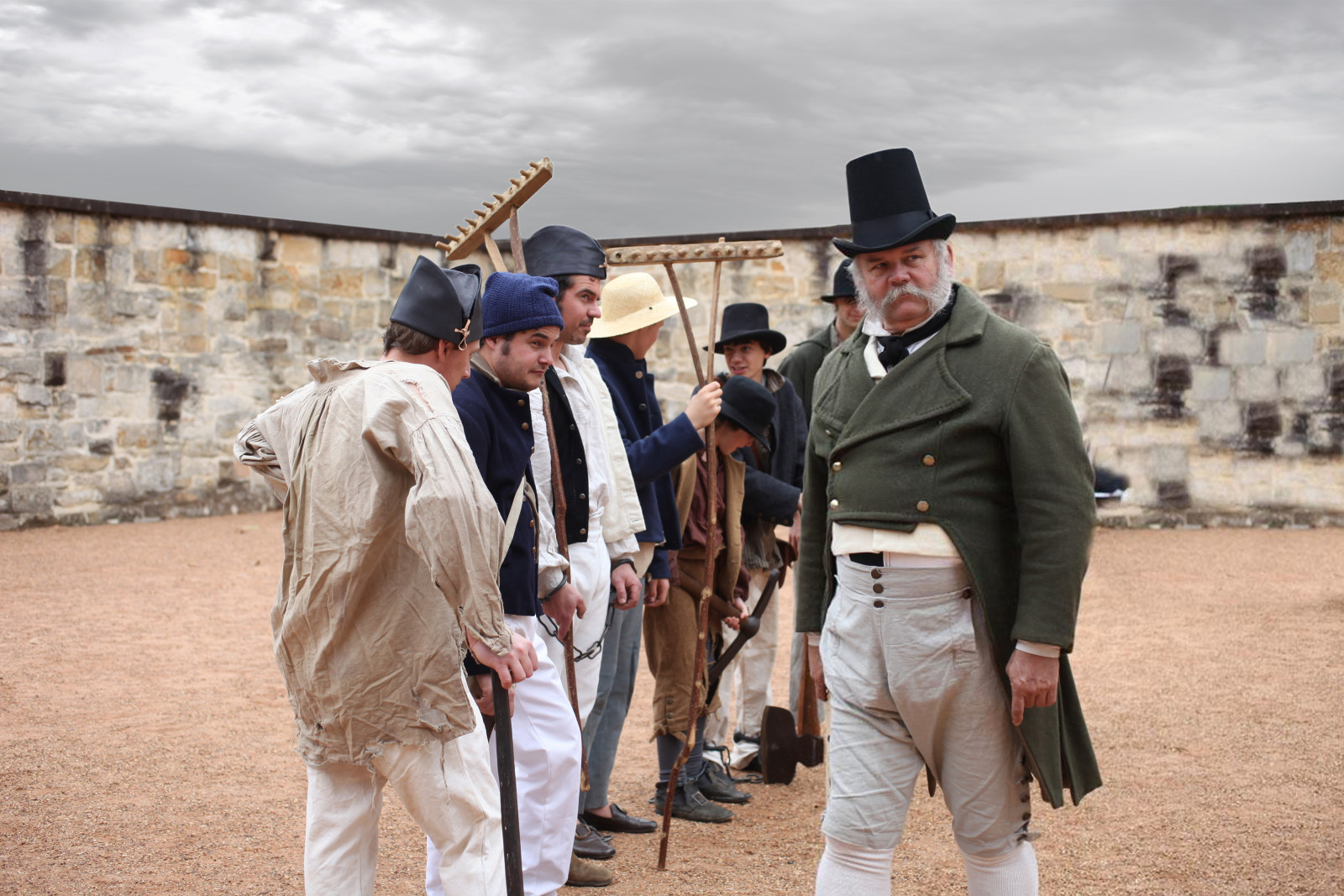
Convict Sydney
1820 - Day in the life of a convict
By 1820 the days of relative freedom for convicts in Sydney were over

Convict Sydney
1826 - Day in the life of a convict
The hot Sydney summer of 1826 ended with almost 1,000 convicts living at the overcrowded Barracks

Convict Sydney
1836 - Day in the life of a convict
By 1836, two-thirds of the convicts in the colony were out working for private masters, and government convicts made up only a small group
